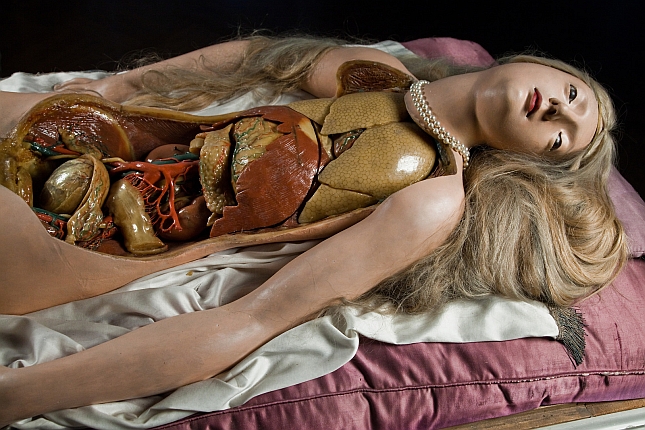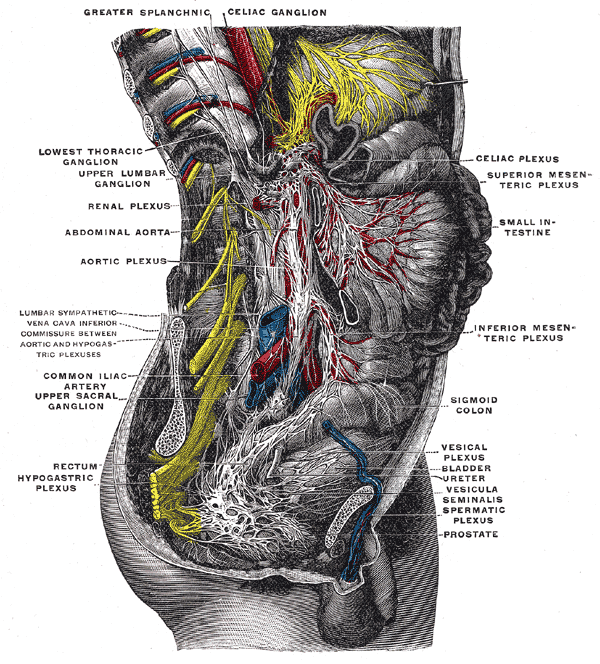by Kathrin Gusenbauer

Probably very few in our Western society can imagine a life without medicine like it is established nowadays. Doctors, medical knowledge and techniques like X-rays or ultrasound play a huge role in how we experience our own and others’ bodies. Medicine has made it possible for people to grow very old and also equip them with artificial body parts. Many commercials remind us to donate blood, vaccinate against ticks and stay healthy in general. As a part of the neoliberal capitalist ideology, our bodies became products, we have the duty to keep them running and maintain them, for example through preventive check-ups.
Part of this reality is rooted at the Josephinum. Its foundation marks the birth of modern medicine in Austria, as it essentially shapes the notion of the human body today. Established in 1784 (back then called the Imperial And Royal Academy Of Medicine And Surgery) by Emperor Joseph II it was and still is part of Vienna’s Medical University and is most commonly known to provide a remarkable collection of wax models of skinned human bodies, but also medical instruments and a library. As the accompanying booklet states, „the history of medicine culminates at the Josephinum“ in view of showing what the first insights into the human body looked like. Also, it claims to be the „physical embodiment of the Medical University’s cultural heritage“.
Back in the 18th century its foundation was part of a massive revolution of the healthcare system, accompanied by the establishment of a new general hospital in Vienna. One of the main ambitions of Joseph II was to bring academic physicians and army doctors – knowledge and practice – together, so patients would experience a much better treatment. But in this new hospital also the first department for female health (Frauengesundheit) was founded. Back then this meant nothing like today’s gender medicine – it was all about birth and the first institution providing women the opportunity to abort. The reduction of women to their ability to bear children was the contemporary notion regarding gender that time: During the 18th century the conception of ‘the’ human body changed from a ‘one sex model’, where the male was seen as the norm and the female as the abnormal, to a ‘two sex model’, where the female body no longer was a deviation of the male but became an entity of her own. Claudia Honegger described this as the genesis of a female special anthropology. Every organ and every bone, her whole body, was interpreted to be shaped just for giving birth. It was her duty and had to be every woman’s highest goal to do so. But although men had now found women’s assignment and the complementarity of sex and gender arose, women still remained inferior and somehow an unfinished or deficient man. This model is still present in sociobiological arguments, which try to explain social circumstances with physical conditions of human bodies, when in fact the social biases of the scientists are attributed to the investigated bodies.
At the Josephinum two out of a total of 16 whole white body wax models represent female bodies. One is standing and the other one is lying and pregnant – the Medici Venus. A similar relation is found in today’s anatomy books for students of medicine like Gray’s Anatomy. Illustrations of very different areas or organs of the human body are depicted – completely unrelated – with male genitalia. But not only in the images, also in the descriptions a bias is noticeable. Some organs, which are assigned to be female, especially the reproductive system, are described in relation to the male with vocabulary like “smaller” or “less developed” and not as organs for themselves. Wittingly or unwittingly “The human body” is male – now and then.

A visit at the Josephinum illustrates many topics of the classes I attended during the Complimentary Study Programme (EC) Science-Technology-Society at the Department of Science and Technology Studies. It shows for example what Ludwig Fleck called “tenacity of systems of opinion” (Beharrungstendenz von Meinungssystemen): Although countless studies have shown differently, science seems to have trouble with seeing variations – it just recognizes what fits into common beliefs, presuppositions or ‘prae-ideas’. Everything divergent – if it is seen at all – is reinterpreted or seems strange and abnormal. More specifically, the exhibition also exemplifies that not just gender, also sex has to be understood as nothing stable or objective. It is “the sum of socially agreed biological criteria for classifying persons as females or males“[1] and therefore basal for gender consumptions. Like gender, sex is also, contrary to popular beliefs, a result of complex social negotiation processes.
Overall the exhibition and its comparison to today makes it comprehensible how scientific knowledge is a social process. Thanks to feminism and the recognition of feminist epistemology in social sciences, it is now possible to make visible how patriarchy is deeply seated in seemingly impartial ‘facts’ and scientific knowledge. Furthermore, society and social norms of various social groups do not only shape the consumptions or identities of individuals, but also their physical bodies.
Although these findings did not yet gain foothold in natural sciences, their research or their results, one is able to start imaging how much power they contain. Realizing this on a broader social level, they open up gates to more precise, more profound sciences and therefore also a less discriminatory society.
[1] West/Zimmerman 1987, 127; 2nd session of UK Geschlecht (Vienna, summer term 2015/16).
Kathrin Gusenbauer completed the STS Department’s complementary study program “Science Technology and Society” as part of her Bachelor’s programme of Historiography. This blog post was inspired by the joint excursion of the courses “Science, Technology, Gender” and “Bodies, Knowledge, Society” to the Josephinum.